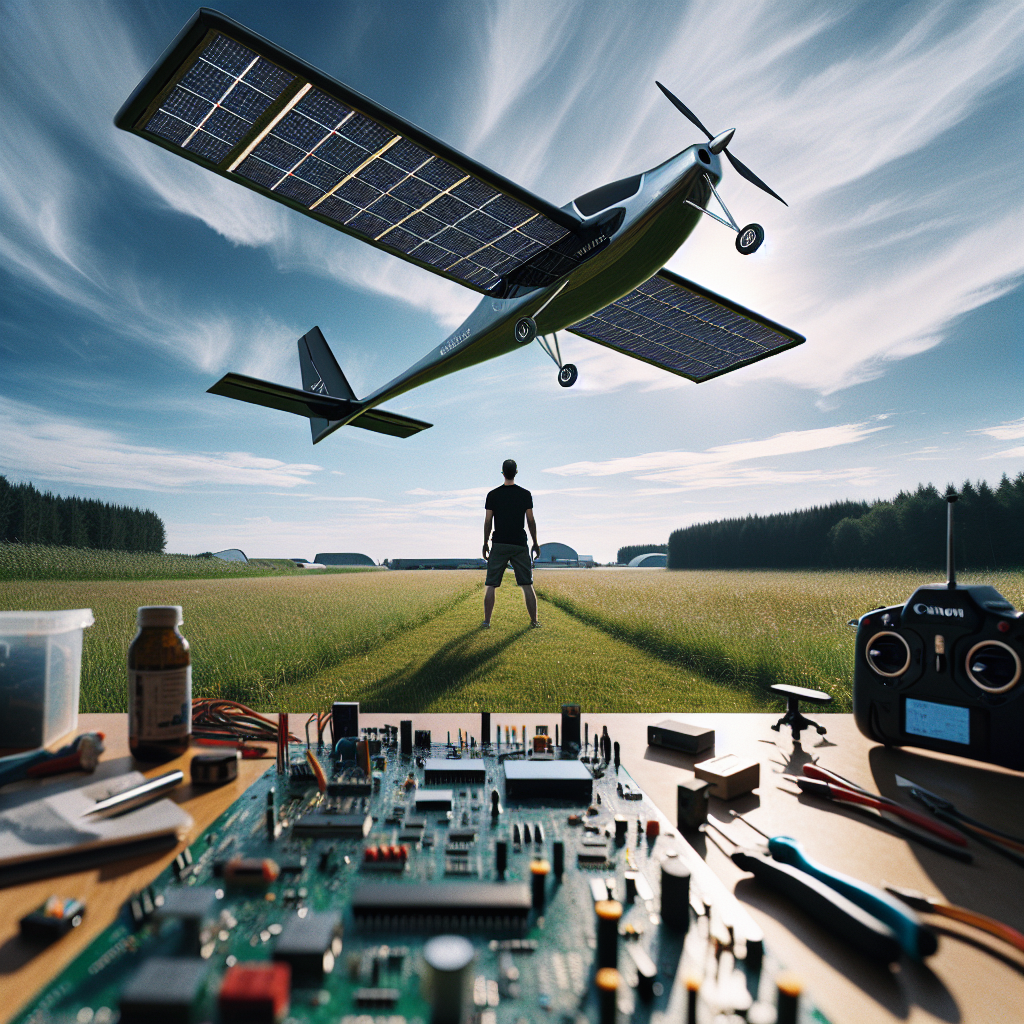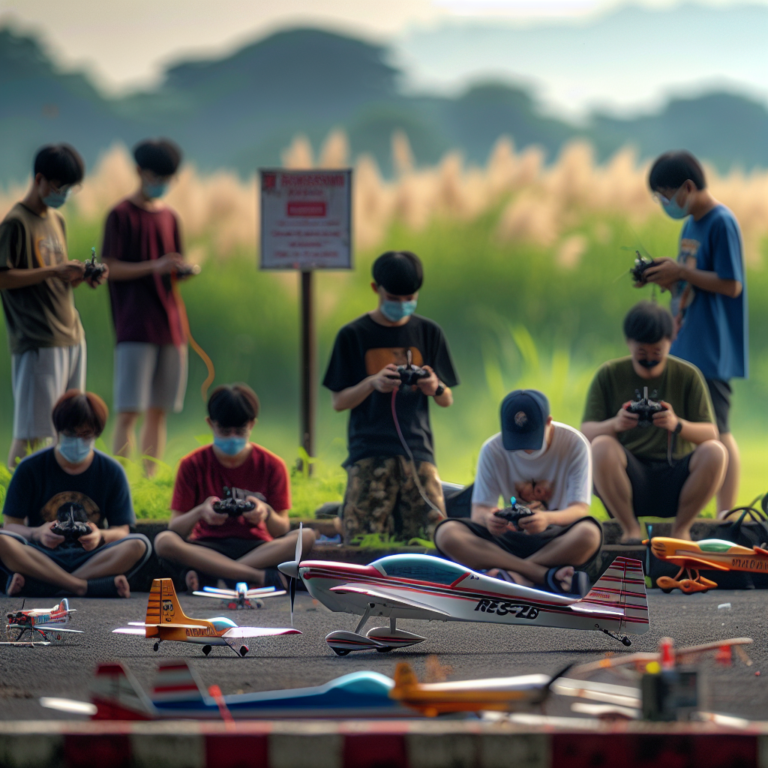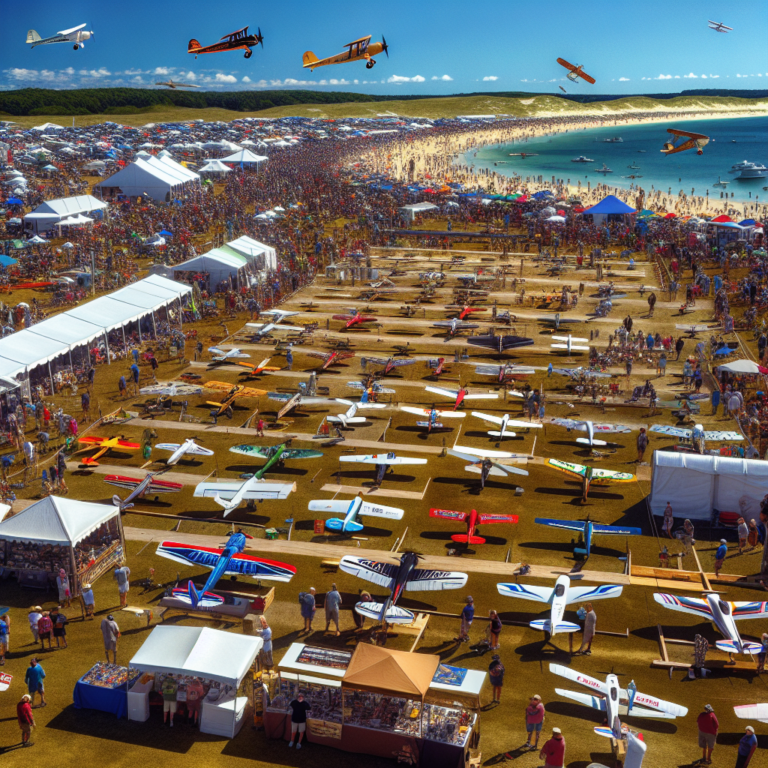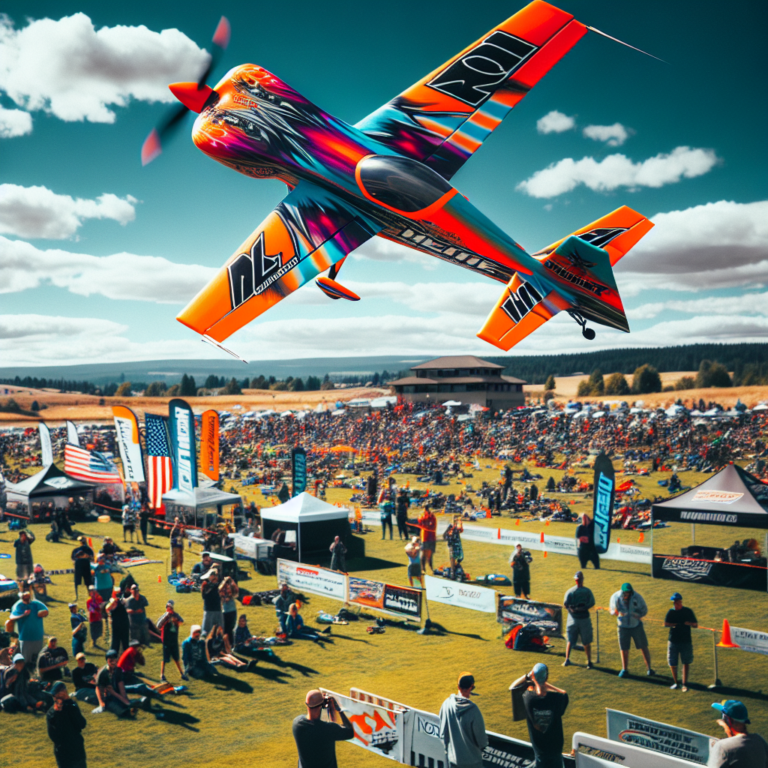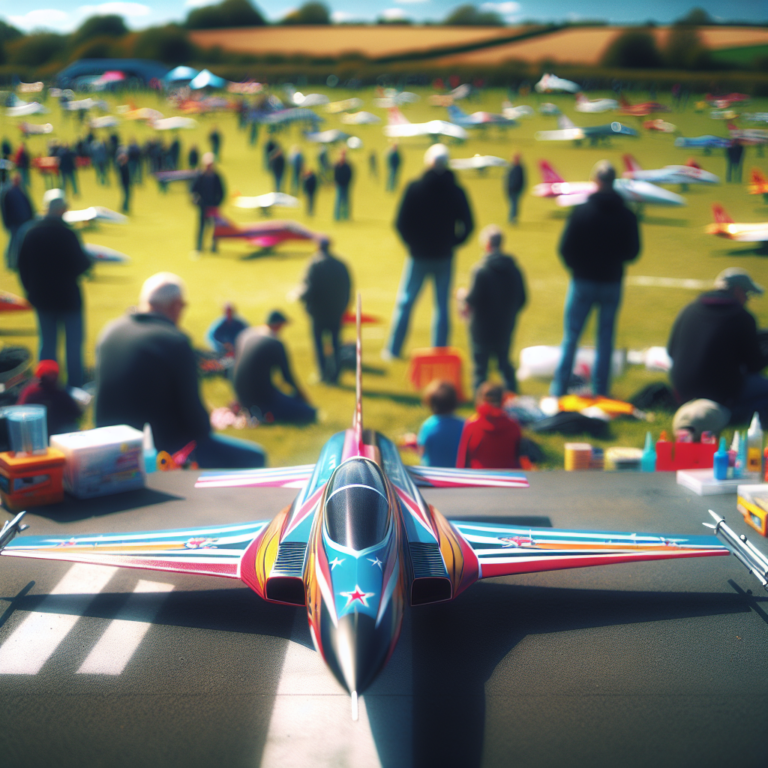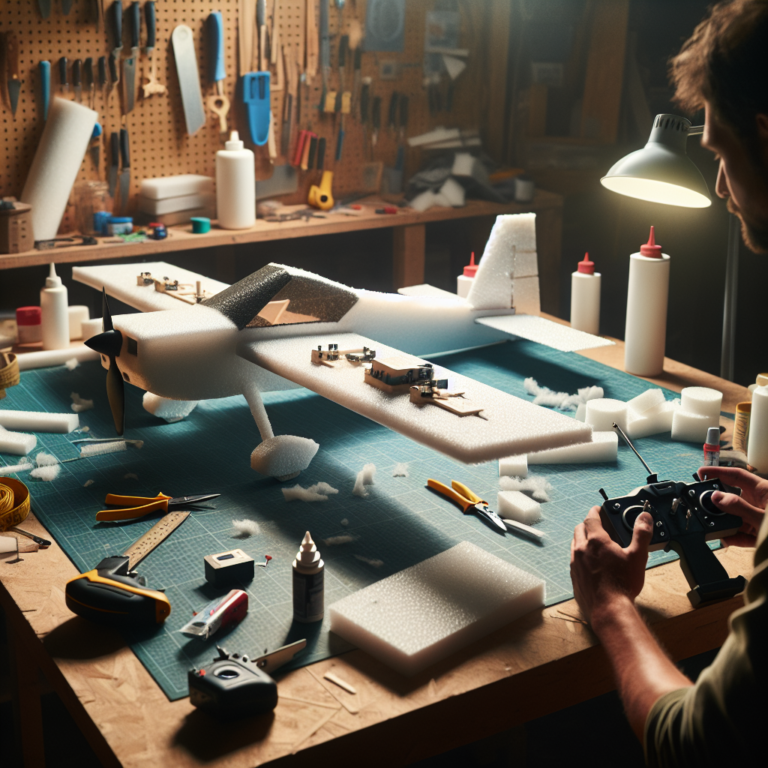How to Build a Solar RC Plane: Lessons from Hackaday
Introduction
Building a solar-powered RC plane is a mesmerizing blend of cutting-edge technology and hands-on craftsmanship. Inspired by the innovative projects featured on Hackaday, enthusiasts worldwide are exploring new ways to marry renewable energy with remote control aviation. Whether you’re an experienced hobbyist or a curious newcomer, this guide will illuminate the core principles and steps involved in constructing your very own solar RC plane.
Why Build a Solar RC Plane?
Before diving into the nuts and bolts of construction, it’s essential to understand the benefits of a solar RC plane. Traditional RC planes rely on battery power, which often limits flight time and requires frequent recharges. Solar power offers a more sustainable and potentially endless energy source, depending on weather conditions, thus extending flight duration significantly.
Moreover, the challenge of integrating solar panels with aircraft components makes this project intellectually stimulating and incredibly rewarding.
Key Components
Successfully building a solar RC plane requires gathering the following key components:
- Solar Panels: Lightweight and high-efficiency panels are crucial to ensure adequate power without adding excessive weight.
- Brushless Motor: An efficient motor will maximize the energy harvested from the solar panels.
- Electronic Speed Controller (ESC): This component manages the speed of the brushless motor.
- Flight Controller: A microcontroller-based system that steers your RC plane.
- Receiver and Transmitter: Essential for remote control functionality.
- Battery: While solar panels can power the plane, a battery is still needed for storage and short intervals of insufficient sunlight.
Building Process
1. Designing the Airframe
The first step involves designing or selecting an airframe suitable for carrying solar panels. A glider-style design is often preferred due to its expansive wing area, which can accommodate more solar cells. The airframe should be lightweight but durable enough to sustain the additional weight of the solar components.
2. Installing Solar Panels
Once the airframe is ready, the solar panels are mounted on the top surface of the wings. It’s critical to ensure that the panels are secured firmly to withstand airflow during flight. In addition, they must be connected in a manner that maximizes power efficiency, typically in a parallel or series-parallel configuration.
3. Wiring and Electronics
Next comes the complex task of integrating all electronic components. The solar panels will need to be wired through a Maximum Power Point Tracking (MPPT) controller to maximize power output. The controller ensures the solar panels operate at their peak efficiency throughout the flight.
The MPPT controller is then connected to the Electronic Speed Controller (ESC), which regulates the brushless motor. All these components should be connected to the flight controller and the receiver, ensuring seamless interaction between the power system and the control mechanisms.
4. Software and Calibration
Modern RC planes require software calibration to optimize flight performance. The flight controller firmware must be configured according to the specific requirements of your solar RC plane. Parameters like throttle response, altitude control, and stability settings can significantly impact performance. Numerous open-source platforms offer firmware that’s customizable and user-friendly.
5. Testing and Fine-Tuning
With the hardware and software prepared, the final step is testing your solar RC plane. Begin with ground tests to ensure all components are functioning correctly. Use these tests to verify the communication between the transmitter and receiver, and check that the motor responds appropriately to throttle commands.
Once satisfied with the ground test, progress to short “hop” tests—brief flights at a low altitude and close range. Gradually increase the altitude and range as you gain confidence in the plane’s capabilities. Pay close attention to how the plane handles different light conditions and adjust your settings accordingly.
Tips and Tricks
- Weight Distribution: Properly balance the weight of the solar panels and electronic components to ensure stable flight.
- Incremental Testing: Test components incrementally to isolate issues quickly.
- Custom Settings: Customize the firmware settings of your flight controller based on your specific needs and environmental conditions.
- Community Resources: Engage with communities like Hackaday and forums dedicated to RC plane enthusiasts for troubleshooting and advice.
Conclusion
Building a solar RC plane is both a challenging and exhilarating endeavor. By leveraging the power of the sun, you can create an aircraft that not only flies but does so sustainably. Each step, from designing the airframe and integrating solar panels to wiring electronics and calibrating software, offers valuable lessons in engineering and renewable energy.
For those looking to dive deeper into the world of remote-controlled aviation, resources at Remote control aircraft, RC planes, RC helicopters, drones offer a wealth of information and community support. So, get your hands on those solar panels and start building the RC plane of the future today!
